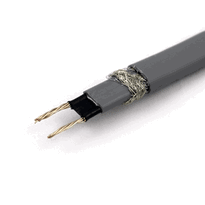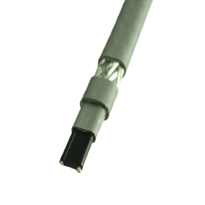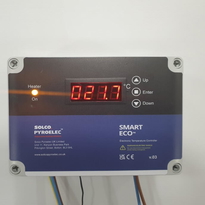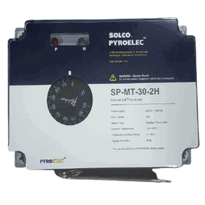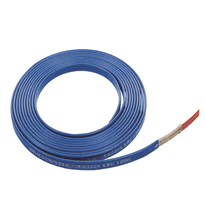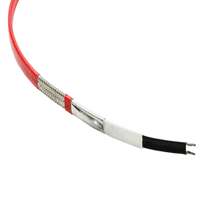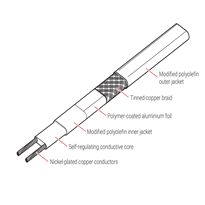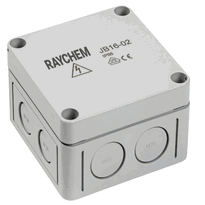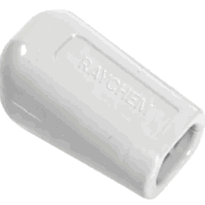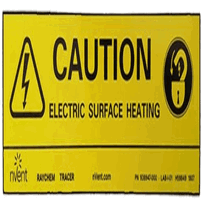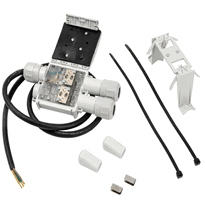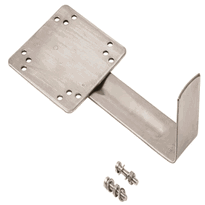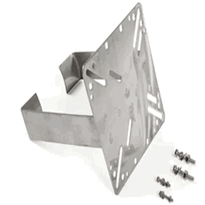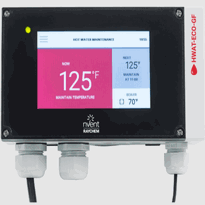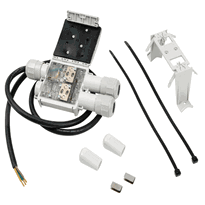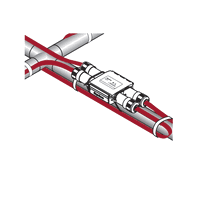Self Regulating Gutter Heat Cable
Self-regulating gutter heat cables automatically adjust their heat output based on ambient temperature. They utilize a conductive polymer core that decreases resistance as temperatures approach freezing, increasing heat output to prevent ice formation. As temperatures rise, resistance increases, reducing energy consumption and preventing overheating.
Proper installation involves securing cables along gutter bases and inside downpipes with appropriate spacing. Regular maintenance ensures safety and long-term efficiency. Additional guidance on installation and maintenance will help achieve optimal system performance.
Understanding the Benefits and Functionality of Self-Regulating Gutter Heat Cables
Self-regulating gutter heat cables operate by adjusting their heat output in response to changes in ambient temperature, making them an efficient solution for preventing ice formation and protecting gutters during the colder months. They incorporate a conductive polymer core sandwiched between two bus wires, which alters its electrical resistance based on the surrounding temperature.
When temperatures approach freezing, the core’s resistance decreases, enabling the cable to produce more heat to prevent ice from forming. As temperatures rise, the resistance increases, naturally reducing the heat output to conserve energy. This automatic adjustment enhances energy efficiency and ensures optimal performance without manual intervention. These cables don't completely switch off independently but require an external controller or thermostat to turn them off when necessary. This self-regulating mechanism ensures reliable performance by preventing overheating and excessive energy consumption. It also provides consistent protection against ice build-up, maintaining safe and functional gutters throughout the winter season. Widely adaptable to a range of building types, self-regulating gutter heat cables offer a practical and cost-effective method to mitigate ice-related issues during the colder months.
Proper Installation Practices for Optimal Performance
Proper installation of gutter heat cables is essential to ensure their effective operation and longevity.
Prior to installation, cables should be warmed to ambient temperature to enhance flexibility and performance.
Gutters and downpipes must be thoroughly cleared of debris and free from sharp edges that could cause damage or fraying of the cables.
The mounting area should include a weatherproof socket box positioned accessibly, with minimal unsupported cable length to facilitate easier connection and maintenance.
Cable routing should follow the base of the gutters and inside downpipes, with parallel runs in wider gutters spaced approximately every six inches (15 cm) to prevent the formation of ice bridges.
When looping cables within downpipes, a ratio of two feet (around 60 cm) of cable per foot (30 cm) of downpipe length should be maintained to ensure consistent heat coverage.
Secure the cables using manufacturer-approved clips, ensuring they're fastened securely to maintain proper contact, avoid abrasion, and enable effective drainage.
Additional measures such as weather-resistant insulation and proper sealing can help protect the cables from harsh weather conditions and extend their lifespan condensate pipe lagging, especially in colder climates.
Maintenance and Safety Tips for Long-Term Reliability
Regular maintenance of gutter heat cable systems is vital to ensure their long-term reliability and safe operation. Visual inspections should be carried out periodically to identify any cuts, abrasions, or exposed conductors, as well as to check for corrosion or moisture infiltration at connectors and junction points. Self-regulating heat cable can adjust its output to prevent overheating, which helps in maintaining system integrity over time. It is important to allow the cables to warm to ambient temperature before handling, especially during cold weather, to prevent brittleness and potential damage. Keeping gutters and downpipes clean is equally critical; debris must be cleared regularly, but high-pressure water jets should be avoided as they can damage the insulation and wiring. Performing system tests during early winter is advisable to confirm proper activation and temperature regulation. Always disconnect the power supply before conducting inspections or maintenance tasks. Additionally, ensure that cables are laid without overlaps, as overlaps can cause overheating and electrical issues. Proper installation practices are essential for safety and effectiveness. Regular professional assessments are recommended to identify any early signs of wear or damage. Prompt replacement of damaged sections will support the system’s longevity and safe operation, providing peace of mind throughout the colder months.
Conclusion
Properly installed self-regulating gutter heat cables offer a reliable and energy-efficient solution for preventing ice formation and maintaining gutter integrity during the winter months. Adhering strictly to manufacturer guidelines during installation is crucial for optimal performance and safety. Regular maintenance checks ensure that the system functions effectively throughout the season, reducing the risk of ice dam development and water damage. These systems intelligently adjust their heat output based on environmental conditions, thereby minimising energy consumption. In the UK context, understanding the proper installation and upkeep of self-regulating gutter heat cables is essential for long-term protection against the damaging effects of ice and snow, ensuring peace of mind and structural safety.








